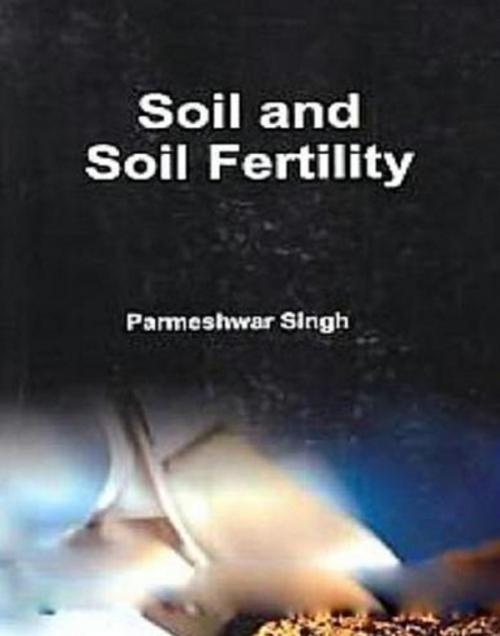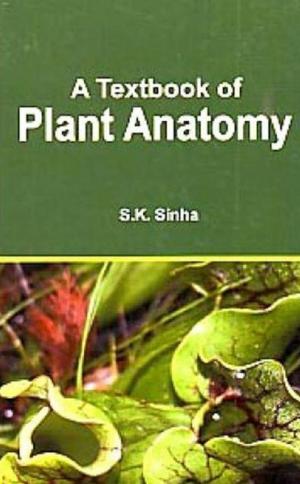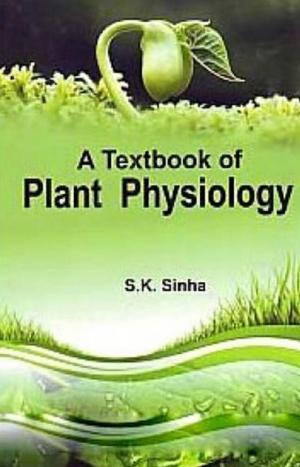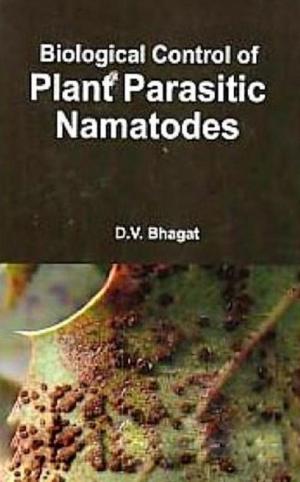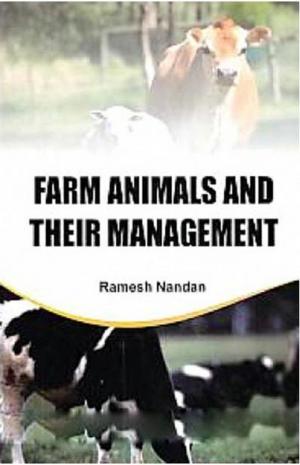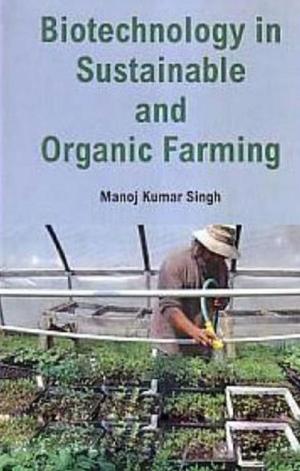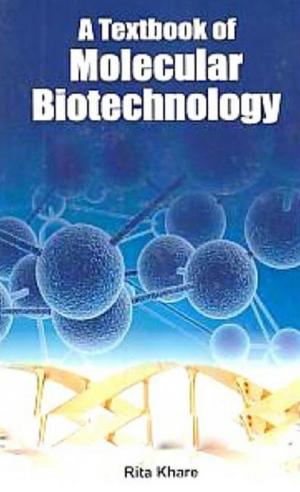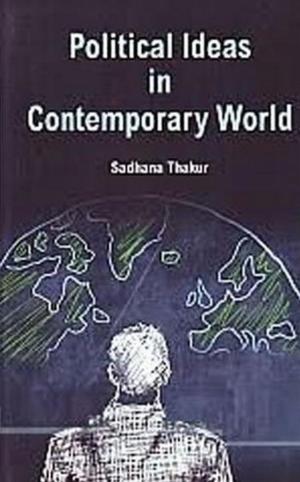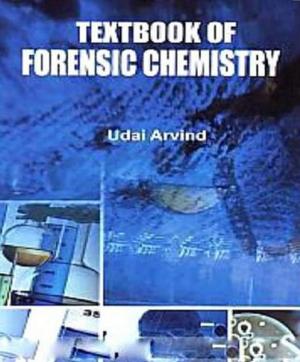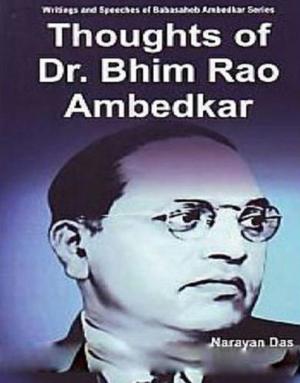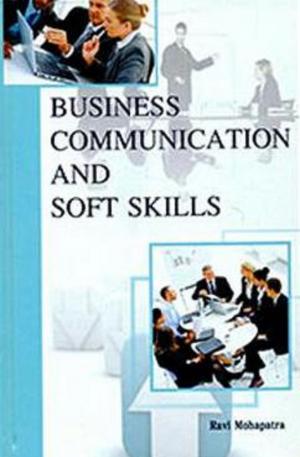| Author: | Parmeshwar Singh | ISBN: | 9789353140359 |
| Publisher: | Centrum Press | Publication: | June 30, 2013 |
| Imprint: | Centrum Press | Language: | English |
| Author: | Parmeshwar Singh |
| ISBN: | 9789353140359 |
| Publisher: | Centrum Press |
| Publication: | June 30, 2013 |
| Imprint: | Centrum Press |
| Language: | English |
Soil is a natural body consisting of layers (soil horizons) that are primarily composed of minerals which differ from their parent materials in their texture, structure, consistency, colour, chemical, biological and other characteristics. It is the unconsolidated or loose covering of fine rock particles that covers the surface of the earth. Soil is the end product of the influence of the climate, relief (slope), organisms, parent materials, and time. In engineering terms, soil is referred to as regolith, or loose rock material that lies above the ‘solid geology’. In horticulture, the terms ‘soil’ is defined as the layer that contains organic material that influences and has been influenced by plant roots and may range in depth from centimetres to many metres. Soil is composed of particles of broken rock (parent materials) which have been altered by physical, chemical and biological processes that include weathering (disintegration) with associated erosion (movement). Soil is altered from its parent material by the interactions between the lithosphere, hydrosphere, atmosphere, and biosphere. It is a mixture of mineral and organic materials in the form of solids, gases and liquids. This book is different in its league as it tries to bridge the gap and bring both the topics soil fertility and plant nutrition in a single volume. The attempt has been made to address the issues of soil fertility and the nutrient plant relationship along with the role of soil moisture in the system.
Soil is a natural body consisting of layers (soil horizons) that are primarily composed of minerals which differ from their parent materials in their texture, structure, consistency, colour, chemical, biological and other characteristics. It is the unconsolidated or loose covering of fine rock particles that covers the surface of the earth. Soil is the end product of the influence of the climate, relief (slope), organisms, parent materials, and time. In engineering terms, soil is referred to as regolith, or loose rock material that lies above the ‘solid geology’. In horticulture, the terms ‘soil’ is defined as the layer that contains organic material that influences and has been influenced by plant roots and may range in depth from centimetres to many metres. Soil is composed of particles of broken rock (parent materials) which have been altered by physical, chemical and biological processes that include weathering (disintegration) with associated erosion (movement). Soil is altered from its parent material by the interactions between the lithosphere, hydrosphere, atmosphere, and biosphere. It is a mixture of mineral and organic materials in the form of solids, gases and liquids. This book is different in its league as it tries to bridge the gap and bring both the topics soil fertility and plant nutrition in a single volume. The attempt has been made to address the issues of soil fertility and the nutrient plant relationship along with the role of soil moisture in the system.
